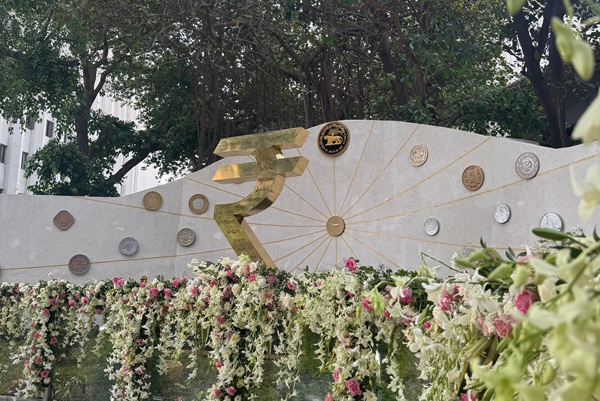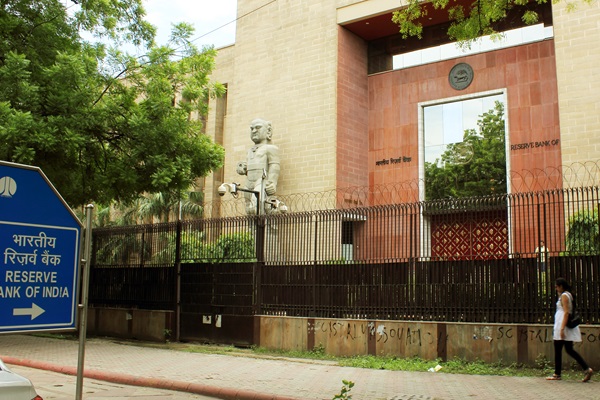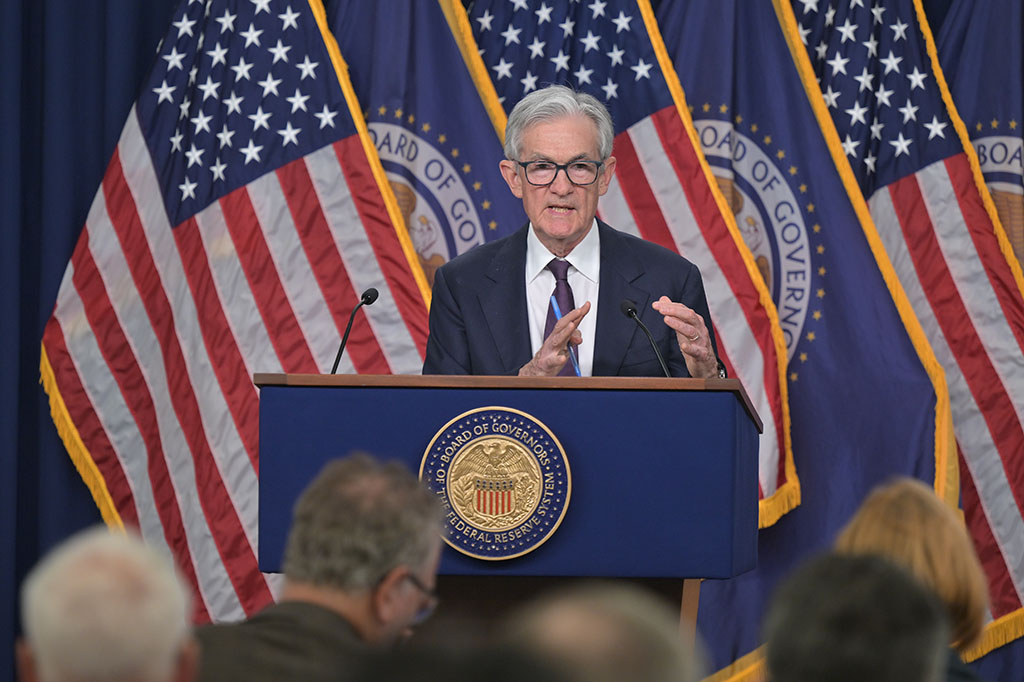.png)

Babuji K is a career central banker with 35 years at RBI in exchange rate management, reserve operations, supervision, and training.
October 22, 2025 at 11:05 AM IST
When India's Reserve Bank unveiled the Digital Rupee in December 2022, it was more of a chase to novelty. Money had entered the age of disruption. Bitcoin was eating away at the state's monopoly over currency, China had already rolled out its digital yuan, and the European Union was testing its own prototype. India's Central Bank Digital Currency, or CBDC, was meant to preserve monetary control while modernising how Indians transact.
Two years later, that grand ambition looks stuck in beta mode. The digital rupee is live, yes, but not alive. It faces a simple, stubborn question: what can it do that UPI, cash, or even stablecoins cannot?
The RBI's cautious rollout offered two versions: a wholesale CBDC for interbank settlements, and a retail one for everyday users. The vision was elegant: a sovereign digital token, combining the trust of the state with the agility of blockchain. On paper, it was meant to revolutionise payments; in practice, it's struggling to find its lane in a country already spoilt for digital choice.
On the other hand, the Unified Payments Interface has become a global benchmark in real-time payments — as of 2024-25, India accounted for about 48.5% of the world’s real-time payment transaction volume. UPI is currently live in eight countries including Bhutan, Mauritius, Nepal, Singapore, Sri Lanka, France, UAE, and Qatar. Within India's digital landscape, against the immense popularity of UPI, the digital rupee stands more as a complementary addition to existing payments architecture.
Cashless Dreams
It could also equip the central bank and government with sharper policy levers, enabling direct delivery of stimulus, better tracking of money flows, improved tax compliance oversight, and accurate data for economic modelling. A programmable rupee could make monetary policy both faster and fairer. However, the digital rupee faces the same risks of cyberattacks and surveillance, and its utility is tempered by redundancy in an ecosystem already rich with electronic payment alternatives.
Recent security breaches underscore vulnerabilities in blockchain-based systems. Bybit's cold-wallet breach in February 2025, Radiant Capital's hack in October 2024, and Coinbase's major data breach in May 2025 exposed personal information of tens of thousands of customers. In October 2025, the cryptocurrency market experienced a massive liquidation event — over $19 billion in leveraged positions were wiped out in a short span — driven by herd behaviour following sudden escalation in US–China trade/geopolitical tensions and exacerbated by high leverage and thin liquidity.
Old Habits
Users trust UPI despite stumbles such as a ransomware attack in 2024 that disrupted 300 banks, and a fintech firm's ₹400 million loss to fraudsters in 2025. That trust is what the digital rupee hasn't yet fully earned. Behavioural inertia poses a key challenge, as users accustomed to existing digital payments and physical cash see little incentive to shift toward the digital rupee. Privacy is not a small concern in a country where cash's anonymity still feels like freedom. The thought of every transaction being visible to the state chills more than it comforts. For the elderly, the unbanked, and the cautious middle class, the psychological security of a rupee note in hand still beats the promise of encrypted code.
Stablecoin Alternative
Yet policymakers are rightly cautious. Poorly regulated reserves could collapse confidence overnight; private issuers could endanger monetary stability. Hence the regulator's preference for its own digital currency—a safer, state-backed alternative that answers to someone.
But even CBDCs face hurdles abroad. Cross-border use means political will, reconciling conflicting privacy and country specific laws, AML standards, and technical systems. For all its promise, the digital rupee remains a domestic experiment in a world that has already gone borderless.
The Missing Why
AI tools can accelerate CBDC adoption by analysing user behaviour, delivering personalized guidance, optimizing transactions, detecting fraud in real time, and creating intelligent incentives that make digital currency usage seamless and attractive. Surveys regarding acceptability of CBDC by the people may provide new gateways so that the digital rupee's popularity and receptiveness are identified and implemented. India's technological prowess can create another world-renowned UPI-like product with the collaborative efforts of all other stakeholders.




